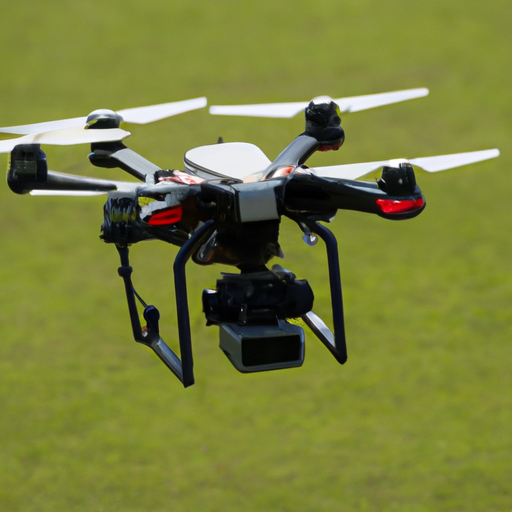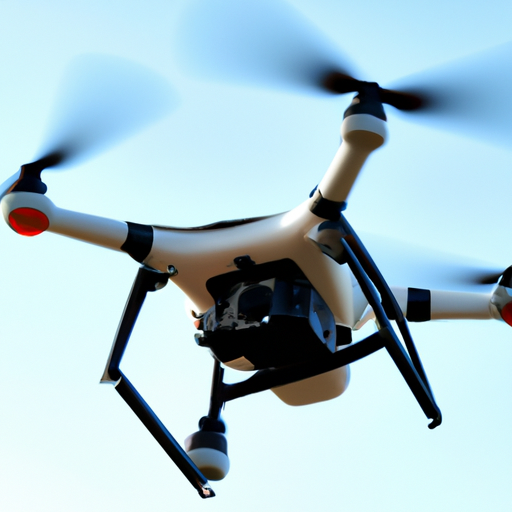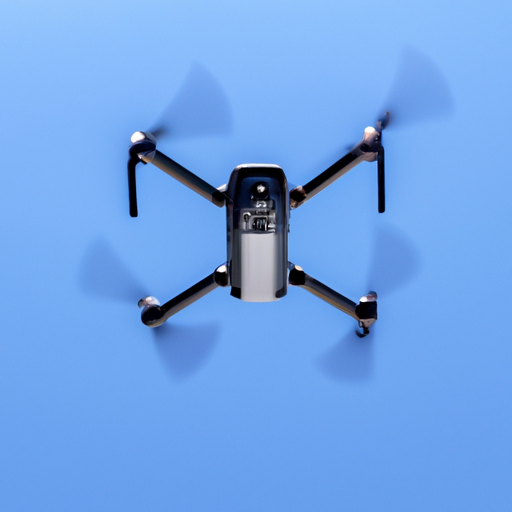Let’s imagine you’ve got a sparkling new drone, and you can’t wait to take it out for its first flight. There’s something exhilarating about watching it soar against the backdrop of a clear, blue sky. But hold on! Before you let your drone loose, it’s important to know what could go wrong. “12 Mistakes To Avoid When Flying Your Drone” is your handy guide to ensure that each flight is a success, avoiding potential pitfalls and mishaps. This comprehensive list will help you to make the most out of your drone-flying ventures and keep you, your drone, and those around you safe. So, prepare to take notes and edge out those common rookie errors. Buckle up, it’s time to become an efficient drone pilot!
Not Checking Weather Conditions
Drone piloting isn’t just about the hardware and your skills, it’s also being aware of the environmental factors that can affect your flight. One major factor includes the weather conditions.
Ignoring Weather Alerts
Weather conditions play a significant role in determining the success of your flight. Ignoring weather alerts is certainly not advisable. Always pay close attention to weather forecasts before piloting your drone. This could help you avoid unpleasant surprises when you’re in the midst of flying your drone.
Flying in Strong Winds
Another potential mistake is flying your drone in strong winds. Wind speeds can quickly change the flight path of your drone or even damage it. Always check the wind speed prior to your flight to ensure the safety of your device and the surrounding area.
Risking flight in stormy conditions
Risky weather conditions like storms can severely damage your drone, and make it tough to control. Always postpone your drone flight plans in cases of stormy weather to avoid risking harm to your drone or others.
Ignoring Battery Status
The battery status of your drone is also crucial for an effective flight session.
Taking off with partially charged battery
Taking off with a partially charged battery could lead to a mid-air power failure of your drone. Always ensure that your battery is fully charged before the beginning of every flight.
Overlooking battery warning signals
Ignoring your drone’s battery warning signals could result in your drone randomly landing or crashing due to a depleted battery. Always pay careful attention to these signals to avoid potential crashes.
Not carrying spare batteries for lengthy sessions
For longer flying sessions, always carry spare batteries. This way you can switch out the drained ones and continue with your flying session without interruption.
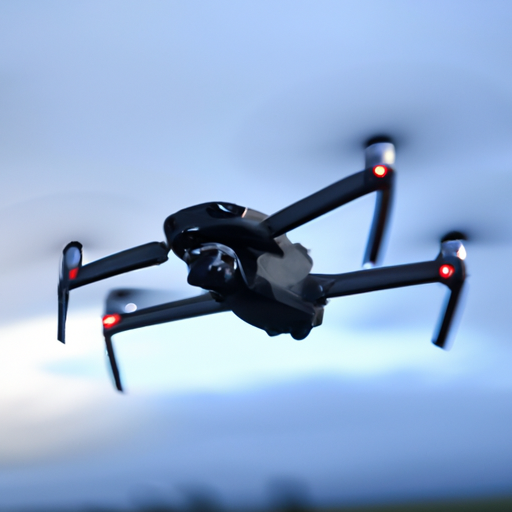
Not Understanding No-Fly Zones
No-Fly zones are areas where drone flight is either restricted or completely prohibited.
Not checking flight restrictions in the area
Overlooking local flight restrictions could lead to you infringing on a portion of the airspace reserved for commercial or military use. Always check the local flight restrictions before flying to avoid potential legal issues.
Flying in prohibited areas like airports
Airports are a significant no-fly zone for drones. It is critical for safety reasons to avoid flying in these areas as it could lead to air traffic disruptions or accidents.
Disrespecting privacy by flying in residential areas
Residential areas are often restricted for drone flights due to privacy concerns. Always respect these boundaries and never fly your drone in these areas without the appropriate permissions.
Inappropriate Launch and Landing Zones
Selecting an appropriate launch and landing zone is crucial for the safe operation of your drone.
Choosing unsafe or crowded areas for launch
Launching your drone in crowded areas increases the risk of accidents. Always choose a clear and open space for launch to mitigate any risks.
Ignoring common obstacles during landing
Landing in an area with common obstacles like trees and buildings could lead to damage or crashes. Always choose a clear open space for landing and keep in mind the potential obstacles.
Risking damage by landing on uneven surfaces
Landing on uneven surfaces can lead to the instability of the drone and potential damage. Always choose a flat and clear surface for landing to prevent any unnecessary damage.
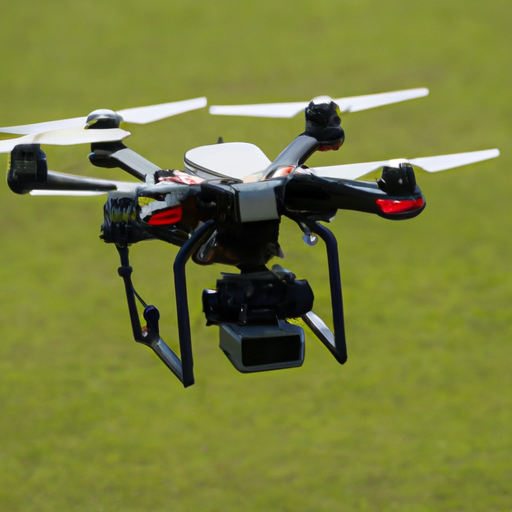
Neglecting the Pre-flight Checklist
A detailed pre-flight checklist ensures the safety of your drone and a successful flight.
Overthinking equipment check
Avoid overthinking the equipment check. Being concise and thorough is key to ensuring that all components are in working condition before you pilot your drone.
Disregarding software updates
Regular software updates improve the stability and functionality of your drone. Always ensure your software is up to date before taking off.
Ignoring calibration of drone before flight
Calibrating your drone before every flight ensures that it operates correctly. Always take the time to calibrate your drone before taking off.
Not Respecting Privacy
Respecting privacy is crucial when piloting a drone.
Intruding on private property with drone
Remember, your drone is a flying camera which can easily invade someone’s privacy. Avoid flying your drone over any private property without permission from the owner.
Capturing unauthorized photos or videos
Capturing photos or videos without someone’s consent is not only unethical but could also lead to legal consequences. Always respect people’s privacy and avoid capturing any unauthorized content.
Using drone in inappropriate scenarios or settings
There are correct times and places for drone usage. Avoid using your drone in inappropriate scenarios or settings like private events or restricted areas.
Overconfidence in Flying Skills
Overconfidence in your flying skills can lead to unnecessary risks and accidents.
Ignoring beginner user mode
For beginners, always use the beginner mode to develop your drone piloting skills. It’s designed to help you learn to control the drone and understand its capabilities better.
Performing risky maneuvers
Performing risky maneuvers without adequate skills and experience can lead to crashes. Always fly within your skill level and gradually increase the complexity of your maneuvers over time.
Overestimating personal ability to control drone in challenging conditions
Always remember that the weather and other environmental factors can affect your drone’s flight path. Avoid overestimating your ability to control your drone in challenging conditions as it can lead to accidents.
Neglecting Line of Sight
Line of sight is important when piloting your drone to prevent accidents.
Assuming drone control without visual contact
Always keep your drone within your line of sight when piloting. This aids in preventing potential accidents or collisions with obstacles.
Misjudging distances with drone
Misjudging the distance can lead to the loss of control and potential crashes. Always maintain an appropriate distance when piloting your drone.
Risking collision by not keeping drone in sight
Always keep your drone in sight to mitigate the risk of collision with obstacles. This ensures the safety of both your drone and the surrounding area.
Non-compliance with Local Laws and Regulations
Abiding by local laws and regulations ensures responsible and safe piloting of your drone.
Ignoring local drone laws
Being unaware or ignoring local drone laws can lead to legal consequences. Always abide by the local laws and regulations when piloting your drone.
Skipping registration of drone if required
Some jurisdictions require the registration of drones for them to be legally flown. Ignoring such laws can lead to severe penalties. Always register your drone if it’s required.
Ignoring altitude restrictions
Altitude restrictions are in place for a reason, usually to prevent potential collisions with aircraft. Always abide by altitude restrictions in your area.
Overlooking Maintenance and care
Maintaining and caring for your drone increases its lifespan and ensures a smooth flight.
Ignoring routines check-ups for the drone
Regular check-ups help identify any potential issues before they escalate into bigger problems. Always make sure to routinely check your drone for any wear and tear.
Failing to clean the drone post-flight
Cleaning your drone post-flight helps increase its lifespan and ensures a smooth running. Failing to do this can increase the risk of malfunctioning and damage.
Dismissing the importance of care for prolonging drone lifespan
The importance of the care of your drone cannot be overstated. Regular care and maintenance can go a long way in prolonging your drone’s lifespan. Never dismiss its importance.
In conclusion, drone piloting is not just about the control, it also involves understanding the environment, respecting privacy laws and guidelines, maintaining your hardware in the best condition possible, and refining your piloting skills over time. Avoid the mistakes listed above for a more fulfilling and responsible drone piloting experience. Happy flying!
